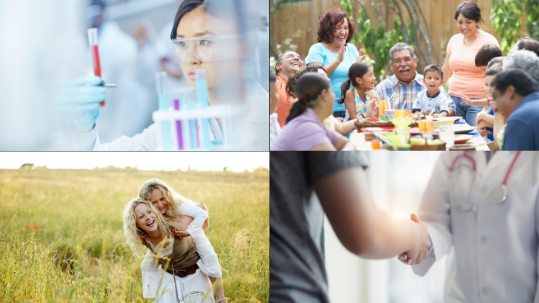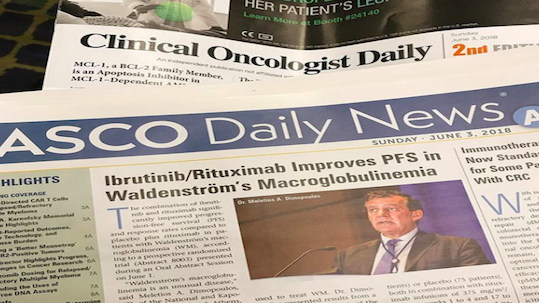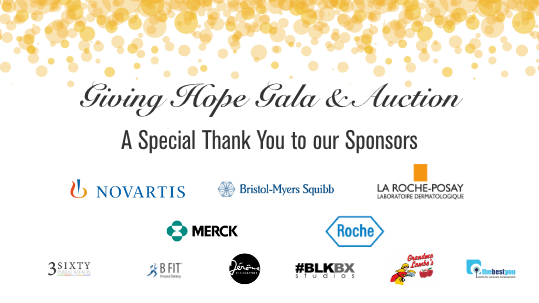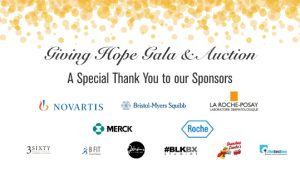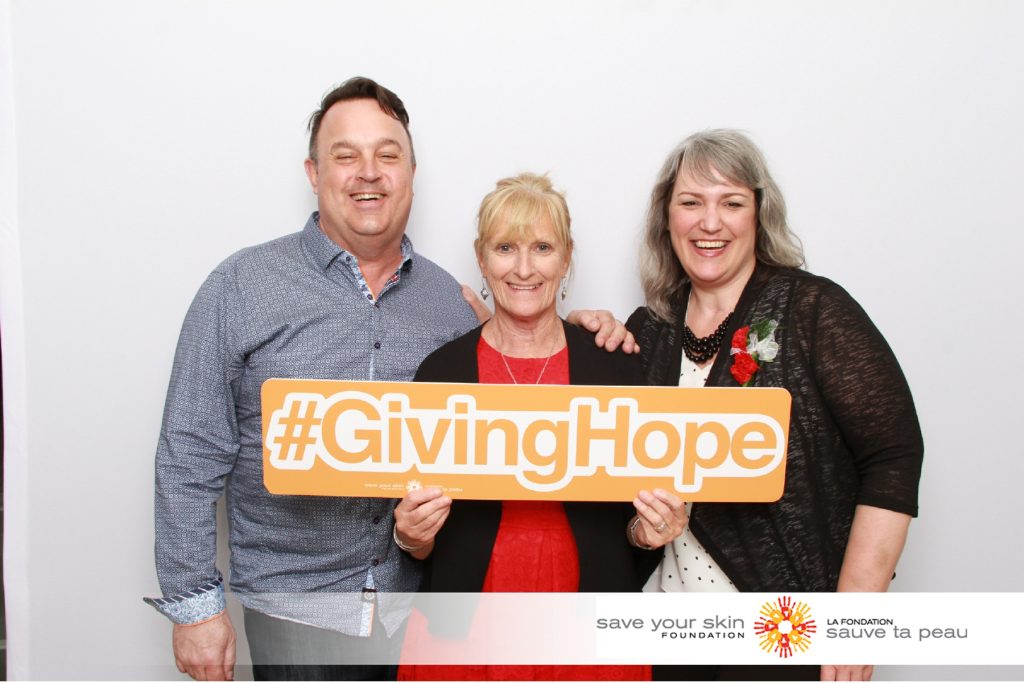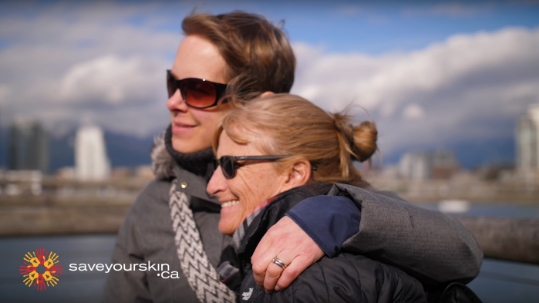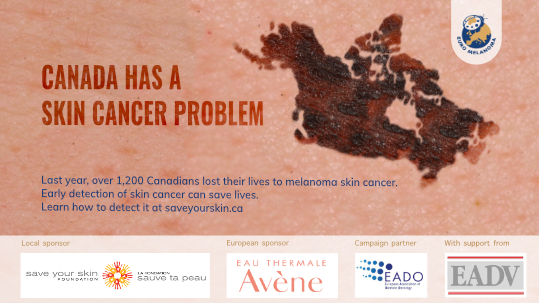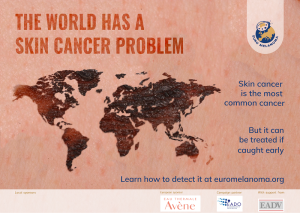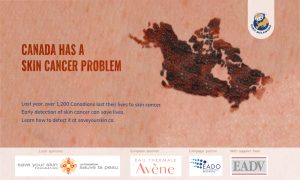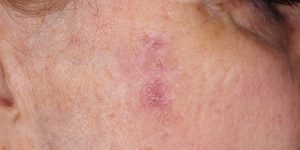At a recent meeting in Montreal with the Bristol-Myers Squibb Canada (BMS) team, we found a fantastic new resource they have launched to improve patient communication and access to BMS clinical trials.
Their website, “BMS Study Connect” is a user-friendly platform to allow patients and caregivers to easily search for new, open, upcoming, or past clinical trials for BMS products in any health indication. It provides background information on diseases treated by their pharmaceuticals, plus has a search bar and links to more information for several diseases including fibrosis, cardiovascular and autoimmune diseases, plus several types of cancer including head & neck cancer, blood, gastrointestinal, genitourinary, and lung cancers as well as melanoma.
BMS has done a lot of research in melanoma over the years and is credited with the creation of ipilimumab (Yervoy) which has greatly contributed to the shift toward an increase in melanoma survivorship. Currently their ipilimumab-nivolumab combination treatment is in great demand, and they are working on yet other possibilities for the treatment of melanoma. On BMS Study Connect, patients can search for any open trials involving these treatments or others, and can even answer a few qualifying questions to figure out if they may be eligible to participate in a new trial.
If a patient finds a clinical trial they would like to learn more about, they can print out the details from BMS Study Connect and take it to their medical team to see if and where they may be able to participate. By clicking on the “Pre-Screen Now” button patients can enter their details as applicable and find more information. Some of the information on BMS Study Connect is sourced from the reputable clinicaltrials.gov website, which adds the ability to connect patients with applicable trials outside of BMS.
BMS Study Connect allows for patients to better understand their clinical trial options and experience, and allows them to communicate with BMS in a way that makes the situation more personal. BMS genuinely cares about the patient experience in their clinical trials, and is making a great effort to show that through this online presence.

There is also the option for patients to connect with other patients to discuss their trials or topics related to their condition. By clicking on the word “Community” at the top of the site, users will be re-directed to the secure and free website inspire.com, and invited to join the BMS Clinical Trial Support Community in which they can chat with other patients and share experiences.
At this time the community is overseen by representatives from the United States, but it is open globally, and there is Canadian participation. It is beneficial to draw from the experiences of others even in the States at this point, as their population of BMS-product-recipients is larger in general, therefore there is more information to be gleaned from fellow trial participants.
We are grateful that BMS has taken this initiative to better support patients, and we applaud their efforts. BMS Study Connect is a valuable resource and we hope to share this website far and wide, help to increase patient access to clinical trials and help them to understand their options and better navigate the clinical trial process and follow-up. Check it out here: BMS Study Connect


